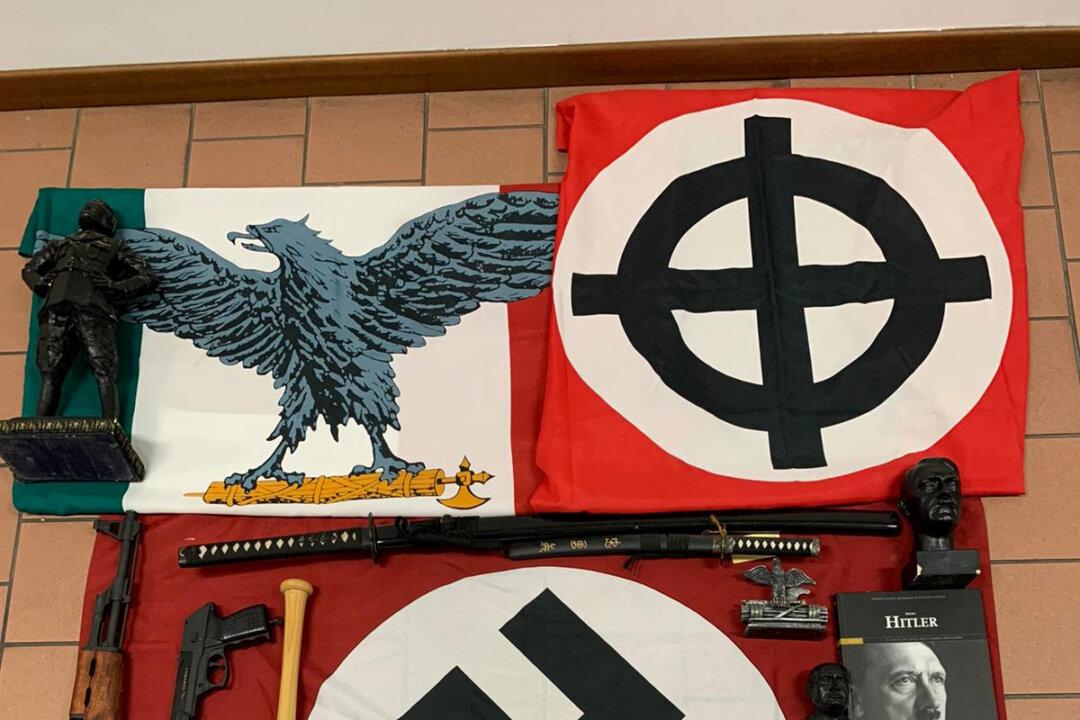The top 100 largest arms dealers earned $531 billion in 2020, according to the Stockholm International Peace Research Institute (SIPRI).
The 2020 earnings marked the sixth straight year of growth and a 17 percent increase from 2015, when SIPRI began tracking Chinese firms.




